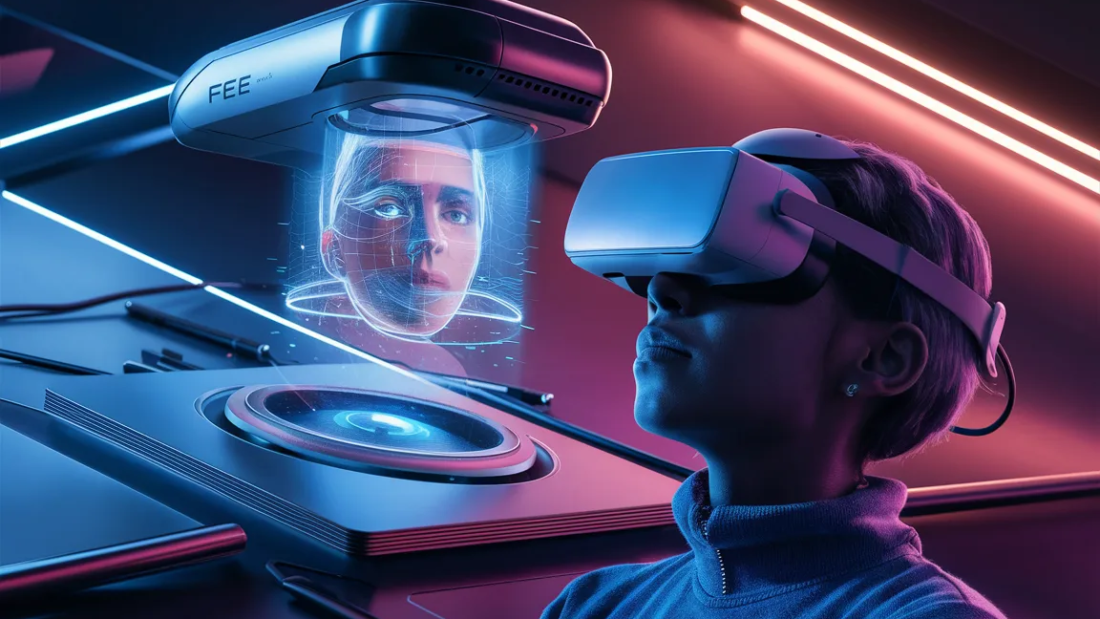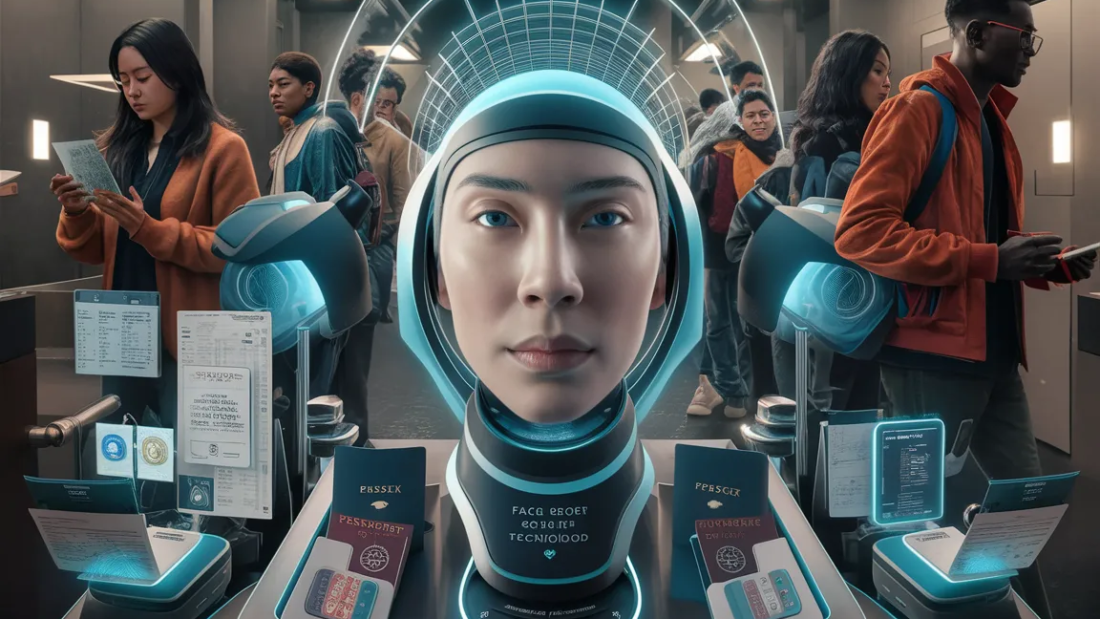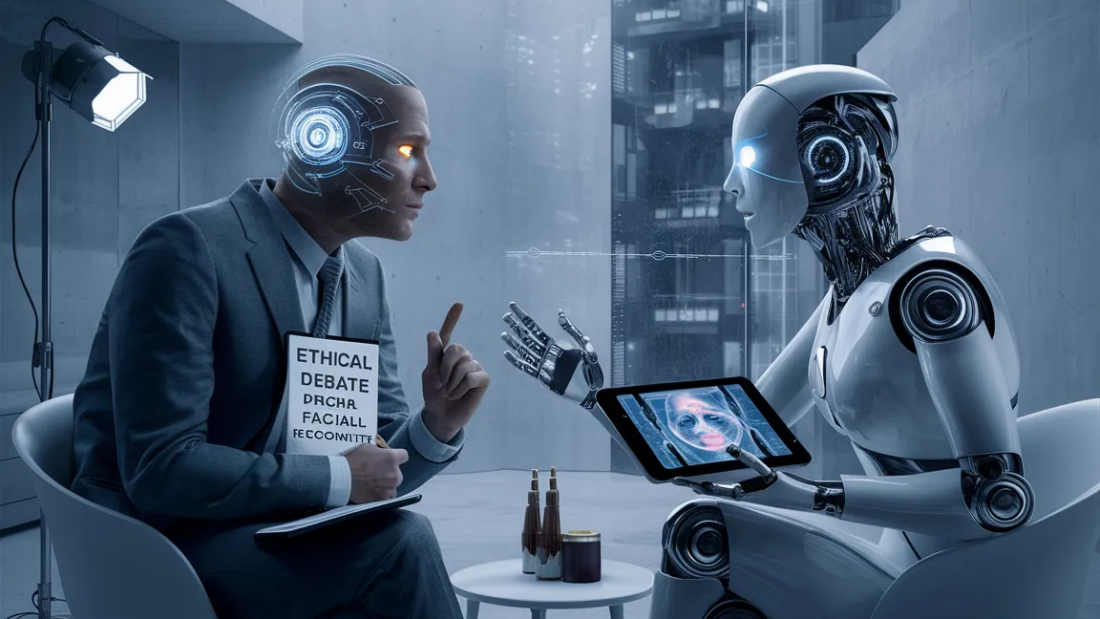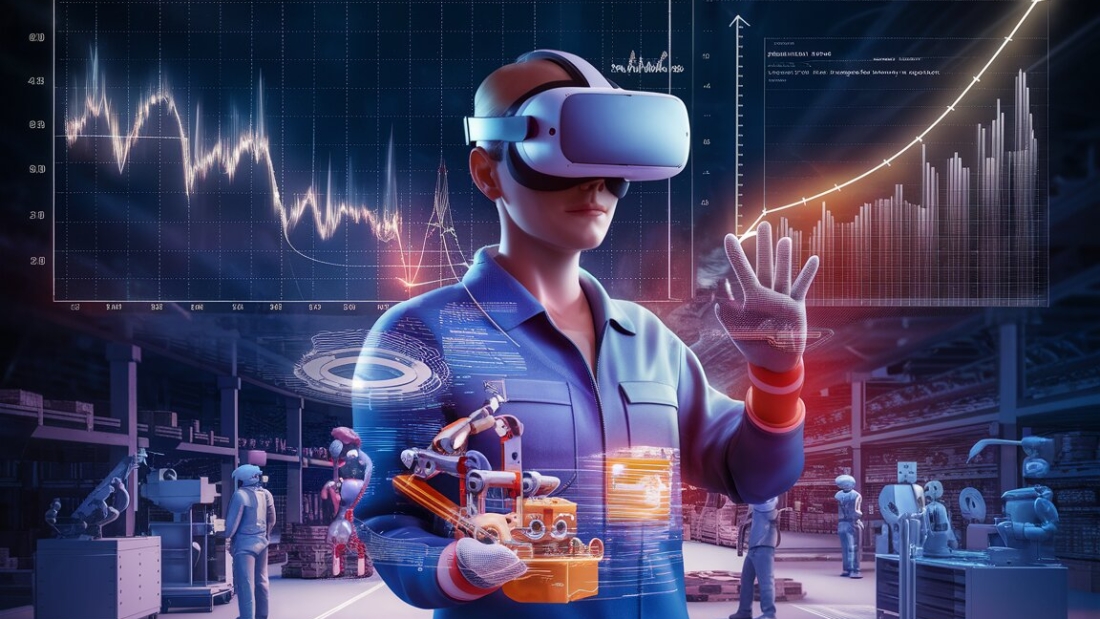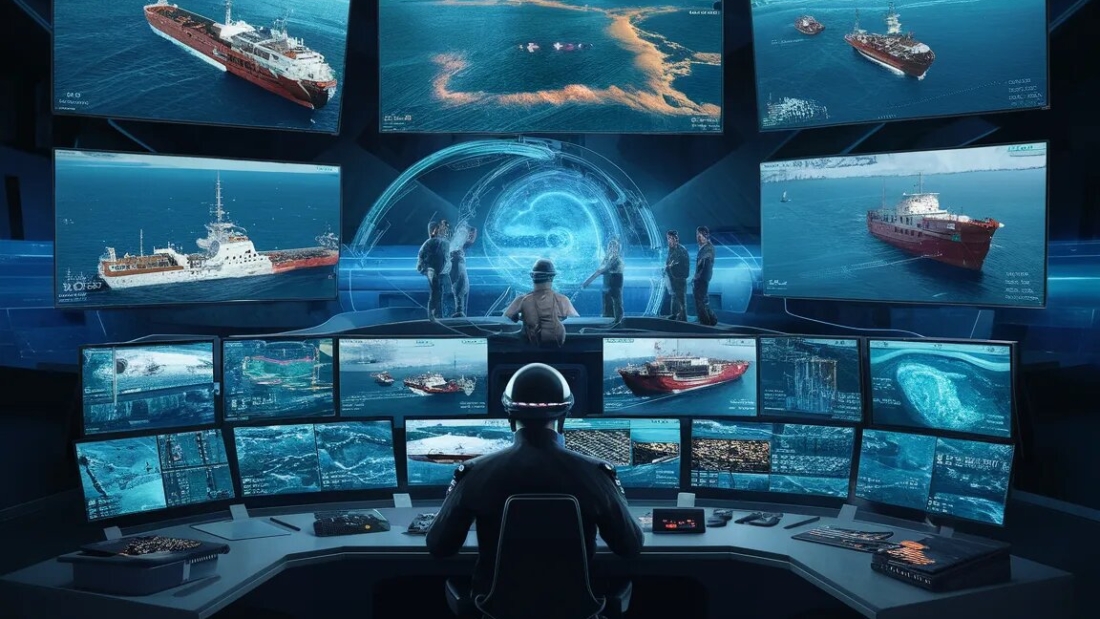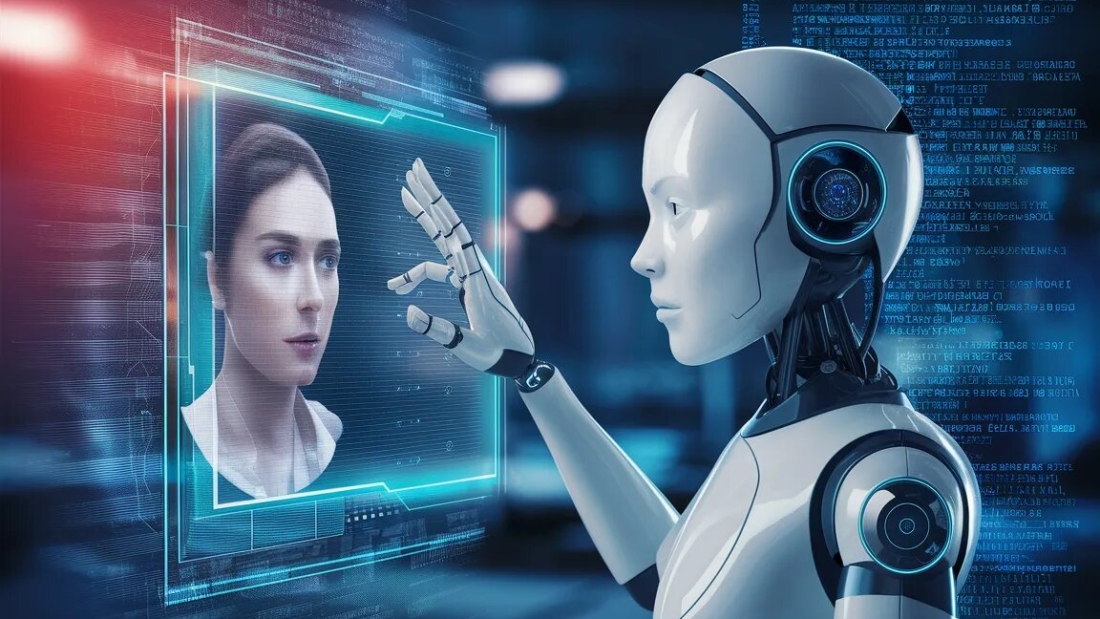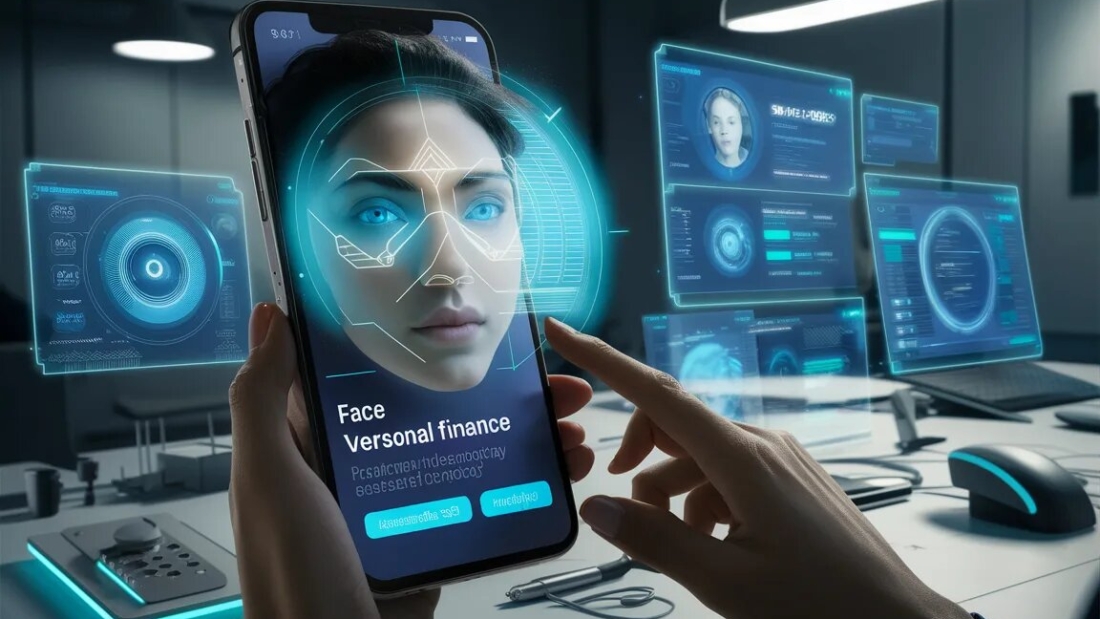Face liveness detection is a cutting-edge technology that ensures the authenticity of facial recognition processes by distinguishing between live faces and spoof attempts. By analyzing various facial features and movements, this technology enhances security measures in sectors like banking, law enforcement, and mobile phone authentication. With the rise of cyber threats and identity fraud, face liveness detection plays a crucial role in safeguarding sensitive information and preventing unauthorized access. The evolution of this technology, incorporating face detection, computer vision, and deep learning, has revolutionized biometric authentication methods, offering a more secure and reliable solution for identity verification.
Key Takeaways
- Implementing face liveness detection is crucial for enhancing digital security by ensuring that only real, live individuals can access sensitive information or perform transactions.
- Understanding the basics of liveness detection, such as detecting movement, blinking, and facial expressions, is essential for its effective implementation in various applications.
- Face liveness detection technology works by analyzing facial features and movements to distinguish between a live person and a static image or video.
- Current applications of face liveness detection include secure authentication processes in banking, identity verification in e-commerce, and preventing spoofing in video calls.
- To enhance content protection, organizations can integrate face liveness detection into their systems to prevent unauthorized access and fraudulent activities.
- Despite challenges like spoof attacks and environmental factors, solutions like multi-factor authentication and AI algorithms are continuously evolving to improve the accuracy and reliability of face liveness detection technology.
Basics of Liveness Detection
Real Users
Face liveness detection is a crucial aspect of facial recognition technology, ensuring the authenticity of users. It verifies that a live person is present, not just a static image or video using face detection, biometric authentication, computer vision, and face roi.
Liveness detection, a form of biometric authentication, relies on various methods such as facial movements, blink detection, and 3D depth analysis, incorporating computer vision and deep learning to differentiate between real users and fraudulent attempts.
Security Enhancement
The implementation of face liveness detection, biometric authentication, computer vision, deep learning, and dataset significantly enhances security measures in various sectors. By requiring users to perform real-time actions, such as blinking or smiling, it prevents unauthorized access.
- Pro: Enhances security by adding an extra layer of verification.
- Pro: Reduces the risk of identity theft and fraud.
- Pro: Ensures only legitimate users can access sensitive information or secure areas.
Importance in Digital Security
Preventing Unauthorized Access
Face liveness detection plays a crucial role in digital security by ensuring the authenticity of users attempting to access sensitive information. By verifying that a person is physically present and not using a static image or video, biometric authentication systems with liveness detection effectively prevent unauthorized access.
Implementing liveness detection technology helps in preventing fraudulent activities, such as spoofing attacks where attackers use photos or videos to deceive facial recognition systems. This advanced feature requires users to perform specific actions, like blinking or smiling, to prove their liveliness, significantly reducing the risk of unauthorized entry.
Reducing Fraudulent Activities
The integration of face liveness detection has a profound impact on reducing fraudulent activities in various sectors, especially in digital banking and e-commerce. By adding an extra layer of security through real-time user verification, businesses can enhance customer trust and protect sensitive data from cyber threats.
In digital payment systems, liveness detection ensures that only legitimate users can make transactions, minimizing the chances of identity theft and financial fraud. This proactive approach not only safeguards user accounts but also strengthens overall cybersecurity measures against evolving threats.
How It Works
Analyzing Algorithms
Face liveness detection operates by utilizing sophisticated algorithms that scrutinize various facial movements and features to ascertain authenticity. These algorithms meticulously analyze the following code to differentiate between a real person and a fraudulent attempt.
The algorithm evaluates specific actions, such as blinking, smiling, or head movements, captured through a video stream or live feed. By scrutinizing these dynamic facial characteristics, the system can accurately discern between a genuine user and an artificial representation.
Real-Time Screening
During face liveness detection, the system prompts the user to perform certain actions in front of the screen, such as looking left and right or nodding. These movements are then captured and analyzed in real-time to ensure the user’s presence is legitimate.
This real-time screening process enhances security measures by actively verifying the user’s identity through immediate feedback on their actions. By integrating this feature into authentication processes, organizations can significantly bolster their digital security protocols.
Application Integration
The integration of face liveness detection extends beyond security applications and has permeated various sectors. In banking and finance, this technology is integrated into mobile banking apps to authenticate users during transactions securely.
Moreover, in healthcare settings, face liveness detection ensures secure access to sensitive patient information, safeguarding data privacy and confidentiality. The seamless integration of this technology across diverse industries underscores its versatility and efficacy in enhancing overall security measures.
Current Applications
Use Cases
Face liveness detection finds use cases in various industries, from banking to healthcare and beyond. It plays a crucial role in verifying the identity of users during onboarding processes.
The technology ensures that the person interacting with the system is real and present, preventing fraudulent activities such as account takeovers or identity theft. By incorporating face liveness detection, organizations can significantly reduce the risks associated with fake identities.
Moreover, in the world of e-commerce, examples of face liveness detection include secure payment authorizations for high-value transactions. This additional layer of security provides peace of mind to both businesses and consumers alike.
Enhanced User Onboarding
When it comes to user onboarding processes, face liveness detection offers an advanced solution for verifying new users’ identities swiftly and securely. By capturing live facial movements and expressions, this technology enhances the authentication process.
With updates in machine learning algorithms and artificial intelligence, face liveness detection has become more accurate and reliable than ever before. This ensures a seamless user experience while maintaining high levels of security.
Strengthened Authentication
In high-value transactions such as real estate deals or financial investments, ensuring robust authentication measures is paramount. Face liveness detection adds an extra layer of security by verifying the user’s identity in real-time.
Enhancing Content Protection
Data Augmentation
Data augmentation is a crucial technique in face liveness detection that involves generating new training samples by slightly modifying existing data. By augmenting the dataset with variations in lighting, angles, and facial expressions, the algorithm becomes more robust in detecting live faces.
Incorporating data augmentation helps the system differentiate between real faces and spoof attacks, where fraudsters use printed photos or videos to deceive the system. This process significantly enhances content protection by ensuring that only genuine users can access sensitive information or services.
Spoof Attacks
Spoof attacks pose a significant threat to content security by tricking facial recognition systems into granting unauthorized access. Face liveness detection plays a crucial role in combating these attacks by requiring users to perform specific actions like blinking or nodding during the authentication process.
By implementing spoof detection mechanisms, organizations can prevent underage users from accessing restricted content or services. This not only safeguards sensitive information but also ensures compliance with regulations regarding age-restricted materials.
Bot Detection
Face liveness detection is instrumental in bot detection, where automated programs attempt to misuse services or manipulate online platforms for malicious purposes. By verifying the presence of a live human through facial movements, these systems can effectively distinguish between genuine users and bots.
The integration of face liveness technology in bot detection processes adds an extra layer of security, reducing the risk of fraudulent activities and preserving the integrity of online platforms. This proactive approach helps organizations maintain trust among their user base and protect their digital assets from exploitation.
Challenges and Solutions
Presentation Attacks
Presentation attacks pose a significant challenge to face liveness detection systems. These attacks involve presenting fake facial information to deceive the system.
To address presentation attacks, researchers have developed sophisticated algorithms that analyze various parameters of the presented face. By examining factors like texture, motion, and depth, these systems can differentiate between real faces and fake ones.
Dataset Quality
The quality of the dataset used for training face liveness detection models is crucial. Insufficient or biased datasets can lead to inaccurate results and vulnerability to attacks.
One solution is to ensure that the dataset includes diverse samples of real faces in different lighting conditions, poses, and backgrounds. This helps the model generalize better and improve its accuracy.
Technological Advancements
Recent technological advancements have significantly improved the effectiveness of face liveness detection systems. With the integration of artificial intelligence and machine learning algorithms, these systems can adapt to new attacks and enhance their accuracy over time.
Moreover, the use of advanced sensors such as infrared cameras enables systems to detect subtle cues like blood flow or eye movements that indicate face liveness more accurately.
Robustness Testing
Robustness testing is essential to evaluate the performance of face liveness detection systems against various types of attacks. By subjecting the system to simulated attacks, developers can identify weaknesses and refine the algorithms accordingly.
Regularly updating and retraining the system with new data helps improve its resilience against evolving attacks and ensures continuous improvement in performance.
Technological Advancements
Integration
Face liveness detection has witnessed significant technological advancements in recent years, driven by the rapid evolution of artificial intelligence and computer vision. Developers are now leveraging cutting-edge techniques such as deep learning to enhance the accuracy and reliability of these systems.
The integration of face liveness detection with AWS Amplify SDKs has revolutionized the way developers approach this technology. By seamlessly incorporating face liveness detection into their applications using AWS Amplify SDKs, developers can ensure robust security measures without compromising user experience.
Benefits
One major benefit of utilizing pre-built UI components for face liveness detection is the efficiency it offers in terms of integration. With ready-to-use UI components, developers can save valuable time and resources that would otherwise be spent on designing and implementing complex interfaces from scratch.
Another advantage is the scalability provided by pre-built UI components. These components are designed to be easily adaptable to different platforms and use cases, allowing developers to quickly scale their applications without worrying about compatibility issues or additional development overhead.
- Streamlined integration process
- Enhanced scalability for diverse applications
Future Prospects
Enhanced Accuracy
Face liveness detection technology is evolving rapidly, with advancements focusing on enhancing accuracy. By following the trajectory of these developments, we anticipate a significant improvement in detecting fake faces. The future holds promise for more precise identification of real faces from fake ones.
The continuous refinement of algorithms and the integration of cutting-edge technologies like face ROI (Region of Interest) analysis are paving the way for enhanced accuracy. These innovations aim to tackle sophisticated spoofing attempts effectively. As a result, face liveness detection systems are poised to become more reliable in distinguishing between authentic and fraudulent facial representations.
Improved Efficiency
In the realm of face liveness detection, efficiency plays a crucial role in ensuring seamless user experiences and robust security measures. Looking ahead, advancements in technology are set to streamline processes and boost overall efficiency. The integration of faster processing capabilities and real-time analysis will revolutionize how face liveness detection operates.
By leveraging machine learning and artificial intelligence, future implementations are expected to deliver swift and accurate results. This will not only expedite authentication procedures but also fortify the resilience of systems against unauthorized access attempts. As organizations prioritize both speed and accuracy, the evolution of face liveness detection towards improved efficiency is inevitable.
Adaptive Security Measures
As cyber threats become increasingly sophisticated, security measures must adapt accordingly to safeguard sensitive information effectively. Face liveness detection stands at the forefront of this digital defense mechanism, offering a dynamic solution to evolving security challenges. Moving forward, we anticipate a shift towards more adaptive security measures within face liveness technology.
The incorporation of behavioral biometrics and multi-factor authentication into face liveness detection systems will bolster their resilience against emerging threats. By combining facial recognition with unique user behaviors, such as eye movements or head gestures, these systems can establish multi-layered defenses against unauthorized access attempts. This proactive approach aligns with the growing need for robust security protocols in an ever-evolving digital landscape.
Call to Action
Implement Security Measures
Active check the user’s photo using a camera for face liveness detection. This step ensures that only real users are accessing your service.
Integrate a script that prompts users to perform specific actions, like blinking or smiling, in front of the camera. This action helps validate the user’s presence in real-time.
Enhance Application Security
Utilize face liveness detection as an additional layer of security in your applications. By incorporating this feature, you can significantly reduce the risk of unauthorized access.
Implement a response mechanism that triggers when the system detects suspicious activities during the face liveness check. This immediate information can help prevent potential security breaches.
Protect User Data
Incorporate face liveness detection to verify the authenticity of users before granting access to sensitive information. This validation process adds an extra level of security to safeguard user data.
Develop a secure line of code that initiates face liveness checks at critical points within your application. This proactive approach ensures continuous protection against fraudulent attempts.
Prevent Fraudulent Activities
Deploy face liveness detection to identify and deter fraudulent activities such as unauthorized account access or identity theft. By implementing this technology, you can enhance fraud prevention measures effectively.
Create a robust system that compares live images with a predefined set of reference images based on various skin tones. This comparison helps in accurate validation and prevents impersonation attacks.
Closing Thoughts
You’ve delved into the realm of face liveness detection, understanding its significance in bolstering digital security and content protection. Embracing this technology not only enhances authentication processes but also safeguards against fraudulent activities, ensuring a secure online environment.
As you navigate the evolving landscape of technological advancements and future prospects in face liveness detection, consider integrating these solutions into your digital platforms. Stay informed about the latest developments, and proactively adopt measures to fortify your security protocols. By prioritizing face liveness detection, you contribute to a safer digital ecosystem for yourself and those interacting with your online content.
Frequently Asked Questions
What is Face Liveness Detection?
Face liveness detection is a technology that ensures the authenticity of a face by verifying that it belongs to a live person and not just a photograph or video. It enhances security measures in digital systems by preventing spoofing attacks.
Why is Face Liveness Detection Important in Digital Security?
Face liveness detection plays a crucial role in digital security by adding an extra layer of protection against unauthorized access attempts. It helps prevent identity theft, fraud, and unauthorized use of personal information, making online transactions and interactions more secure.
How Does Face Liveness Detection Work?
Face liveness detection works by analyzing various facial movements, such as blinking, smiling, or nodding, to confirm the presence of a live person. Advanced algorithms and biometric technologies are used to distinguish between real faces and fake representations like photos or videos.
What are Some Current Applications of Face Liveness Detection?
Face liveness detection is widely used in industries like banking, e-commerce, healthcare, and surveillance for user authentication purposes. It secures online transactions, protects sensitive data, ensures compliance with regulations, and enhances overall cybersecurity measures.
What are the Challenges Associated with Face Liveness Detection and Their Solutions?
Challenges include dealing with varying lighting conditions, different facial expressions, and potential spoofing attacks. Solutions involve using advanced AI algorithms for robust detection accuracy, incorporating multi-factor authentication methods, and continuous monitoring for suspicious activities.
What Technological Advancements Have Contributed to Face Liveness Detection?
Technological advancements such as deep learning algorithms, 3D depth sensing cameras, infrared sensors, and machine learning models have significantly improved the accuracy and reliability of face liveness detection systems. These innovations enhance security measures while providing a seamless user experience.
What Are the Future Prospects of Face Liveness Detection Technology?
The future prospects of face liveness detection technology are promising as it continues to evolve with advancements in AI, biometrics, and cybersecurity. It is expected to be integrated into more devices and applications for secure authentication processes across various industries globally.
